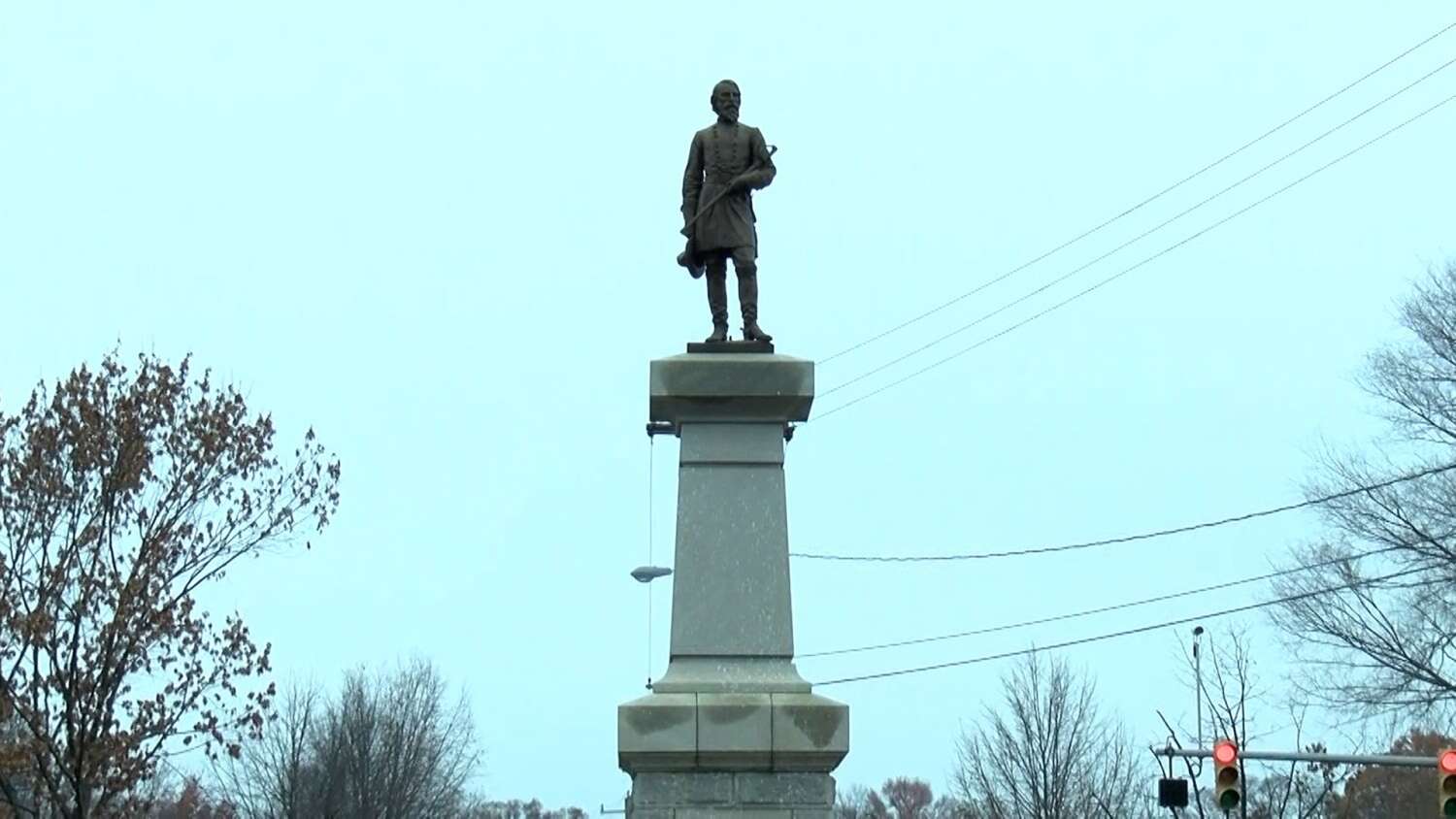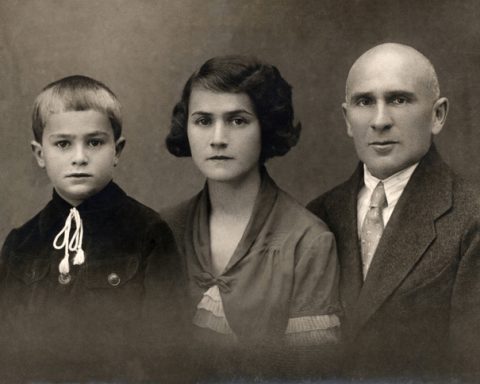 An official indicated that work to transfer Richmond’s final city-owned Confederate monument should begin this week after a judge denied a request to delay the removal of the statue of Gen. A.P. Hill from its prominent place in Virginia’s capital.
An official indicated that work to transfer Richmond’s final city-owned Confederate monument should begin this week after a judge denied a request to delay the removal of the statue of Gen. A.P. Hill from its prominent place in Virginia’s capital.
Last Monday, Richmond Circuit Court Judge David Eugene Cheek Sr. denied a plea to halt the city’s removal plans filed by four distant descendants of Hill, who was killed in the last days of the Civil War.
Though the process of removing the monument at a busy junction is expected to begin on Monday, it is unclear whether it will be completely removed by the end of the week. Robert Steidel, the city’s deputy chief administrative officer, alleged
The city, a former Confederacy capital, began destroying several other Confederate monuments more than two years ago, amid racial justice rallies in the aftermath of George Floyd’s murder. An enormous statue of Gen. Stonewall Jackson, which was dismantled from a concrete pedestal along Richmond, Virginia’s iconic Monument Avenue in 2020, was among the notable monuments demolished.
Richmond officials opted to donate the monuments to the Virginia Black History Museum and Cultural Center. However, efforts to demolish the Hill statue have been hampered by the fact that the general’s remains were buried beneath the monument in 1891.
The city and the indirect descendants have agreed that Richmond’s plan to relocate Hill’s bones to a cemetery in Culpeper should be permitted to proceed. However, their descendants claim ownership of the statue and want it moved to Cedar Mountain Battlefield, near the cemetery, rather than the museum. In October, Cheek decided against them.
Cheek dismissed their most recent plea to halt the removal of the Hill monument while the descendants filed an appeal with the Virginia Court of Appeals.
According to the Richmond Times-Dispatch, the city has spent at least $1.8 million dismantling other public-owned monuments. Cheek assessed that postponing the removal will incur more costs and keep a possible traffic danger in place.
Steidel stated in court last week that the monument will be placed in storage as the matter proceeds through the expected appeals process.
Many Confederate statues were erected in Virginia decades after the Civil War, during the Jim Crow era, when states imposed new segregation laws, and during the “Lost Cause” movement, when historians and others attempted to portray the South’s rebellion as a fight to defend states’ rights, not slavery.
Those advocating for the removal of the statues, notably in Richmond, the former Confederacy’s capital, said it would serve as a reminder that the city is no longer associated with oppression and white supremacy.







